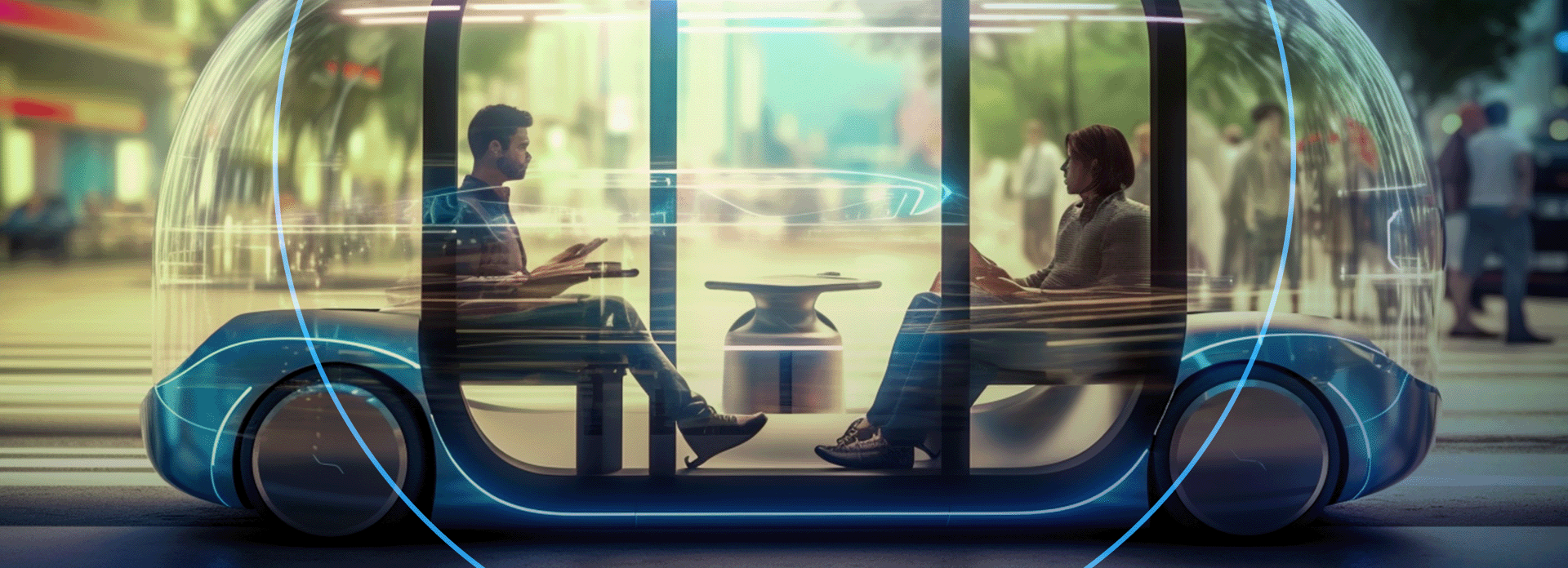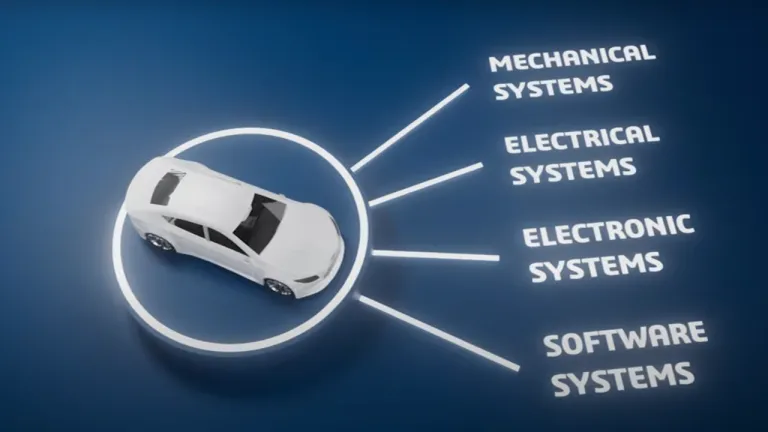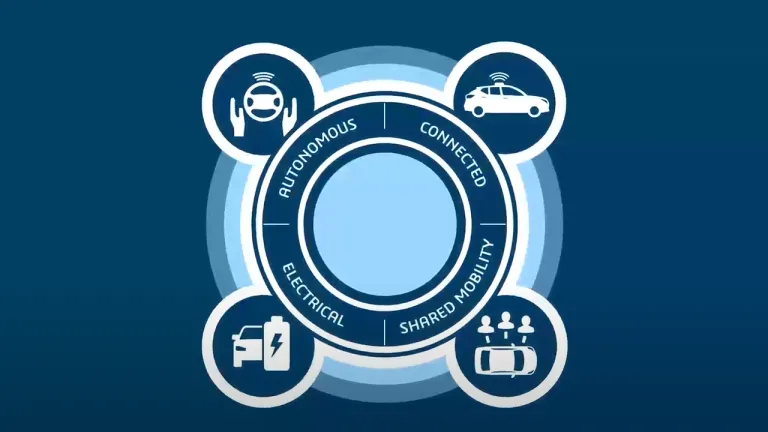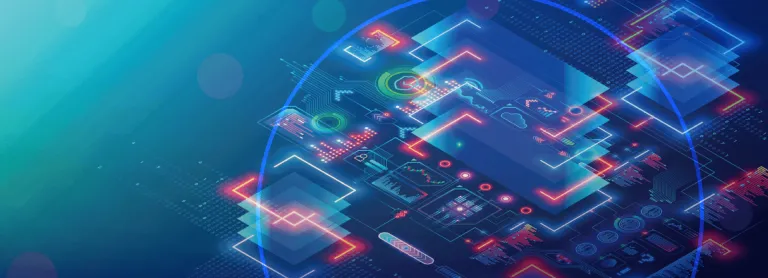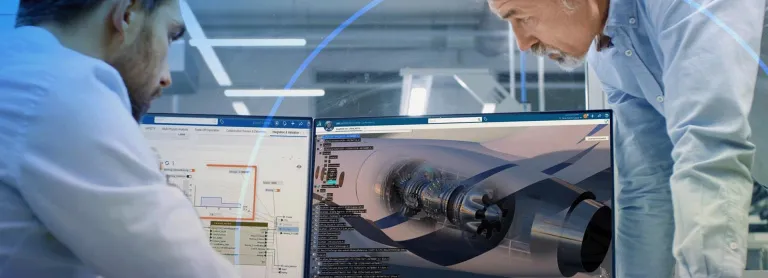Software Defined Experiences
Overcome Transformative Challenges through Cutting-Edge Systems Engineering Solutions
Software Defined Experiences with Systems Engineering Solutions
In today's dynamic industrial landscape, a significant transformation is underway. Leading industrial players are shifting from simply selling physical products to offering smart, interconnected products, creating what's known as a Software-Defined Experience. This means that software plays a crucial role in enhancing the user experience, as hardware and software work together seamlessly. It's all about providing customers with more value and a smoother, more integrated product experience. In the era of cloud computing, Big Data and IoT, software has become a key differentiator. Software enables the product to become smart to interact directly with real world by processing sensor data. It opens many doors to life changing innovations such as autonomous vehicles updates to ensure that the product never becomes obsolete.
Software Defined Products are more and more complex. Their design involves a close collaboration between hardware engineers and software developers. We no longer speak about product design but about system engineering with a cross-disciplinary approach. The increasing level of autonomy of these smart and connected products implies a rigorous traceability along the whole design process, from the definition of the requirements to the end of the Verification and Validation process.
The Shift from Product to Experience Design
Originally focused on aerospace and automotive sectors, we have now expanded into high-tech, energy, life sciences, construction, and consumer goods products. CATIA has been synonymous with designing and engineering outstanding products. However, today's customers no longer seek products alone; they crave unique experiences and emotional bonds with brands. In this era of unprecedented connectivity, customers seek personalized experiences and dependable brands.
Now, it is not just about product functionality, but the overall user experience it delivers. Customers value how a product enriches their lives through informative content, personalized services, and a sense of being valued.
Software Defined Vehicles
As systems interact with the real world, they must comply with strict requirements. The consequence is that engineers must design systems more and more complex and the complexity level increases even more when the functionality of such embedded-systems relies on the interaction with other external systems.
To overcome these challenges, automakers must minimize physical testing and ensure end-to-end traceability between system and software development layers. A Model-Based Systems Engineering (MBSE) approach, with massive simulation on the cloud, helps to simplify the development of ADAS-AD complex, Software-Defined Vehicle systems.
Simplify Software Defined Vehicle Development
A first example of Software Defined Experiences is Software Defined Vehicle. Discover more about Virtual Twin Experience with Massive Simulation on the Cloud and Real World Feedback loop.
Start Your Journey
The world of Software Defined Experiences is changing. Discover how to stay a step ahead with CATIA
Also Discover
Learn What CATIA Can Do for You
Speak with a CATIA expert to learn how our solutions enable seamless collaboration and sustainable innovation at organizations of every size.
Get Started
Courses and classes are available for students, academia, professionals and companies. Find the right CATIA training for you.
Get Help
Find information on software & hardware certification, software downloads, user documentation, support contact and services offering
